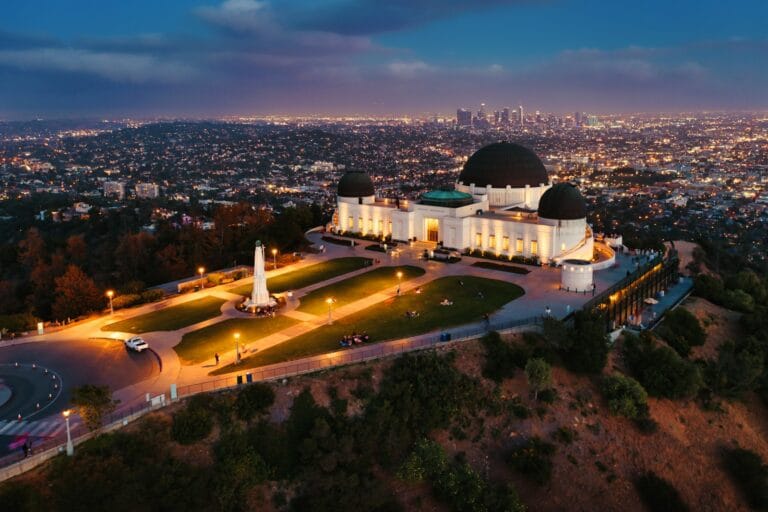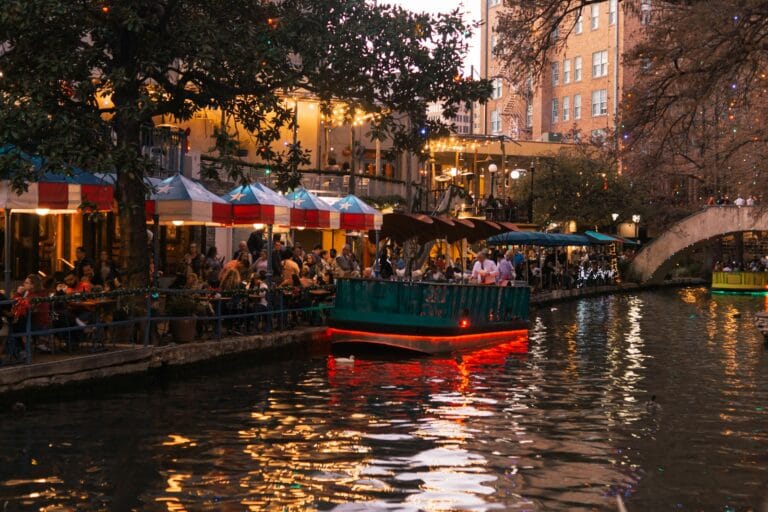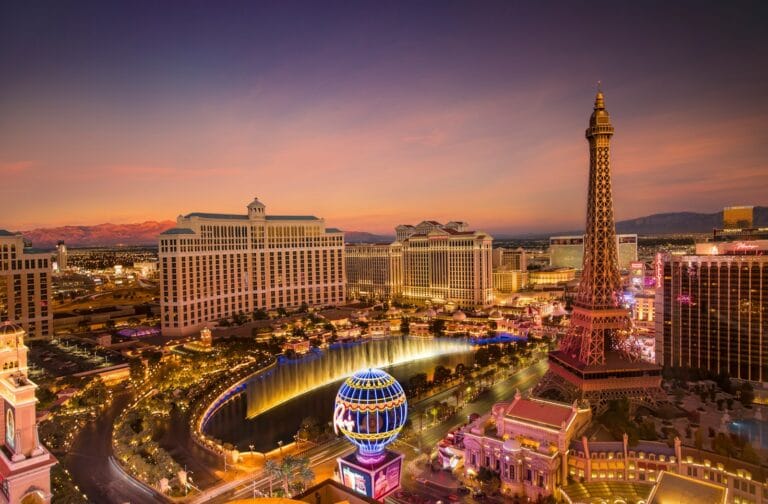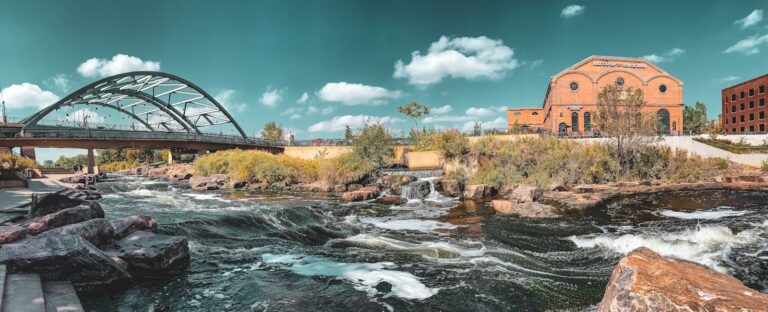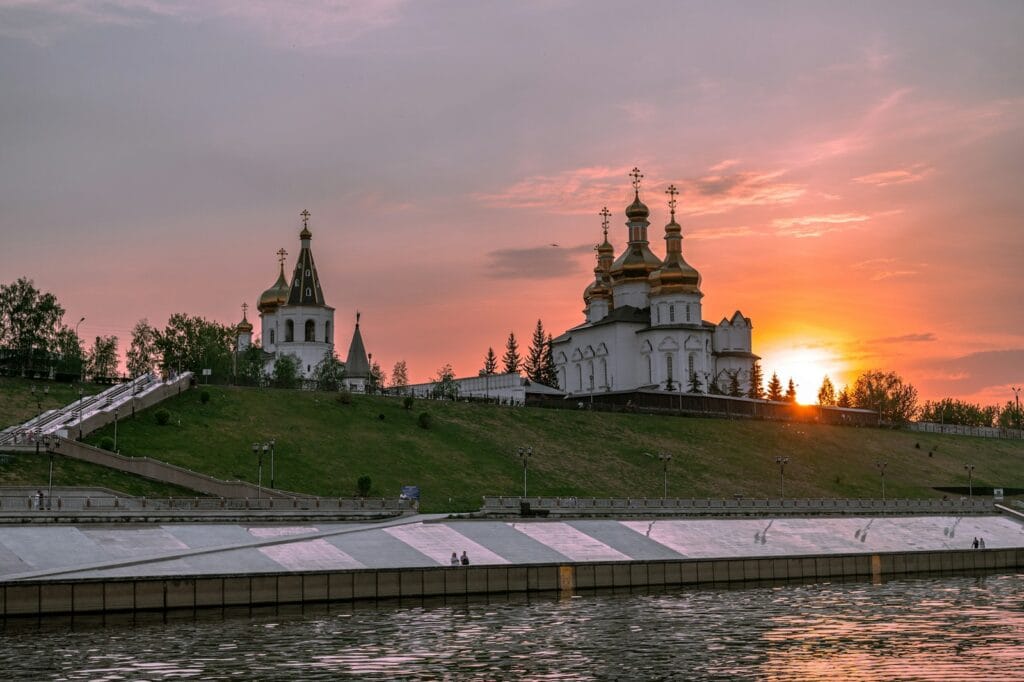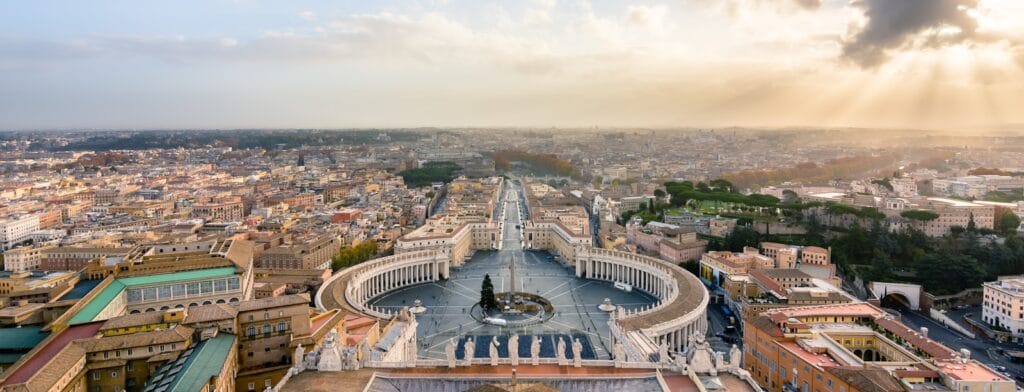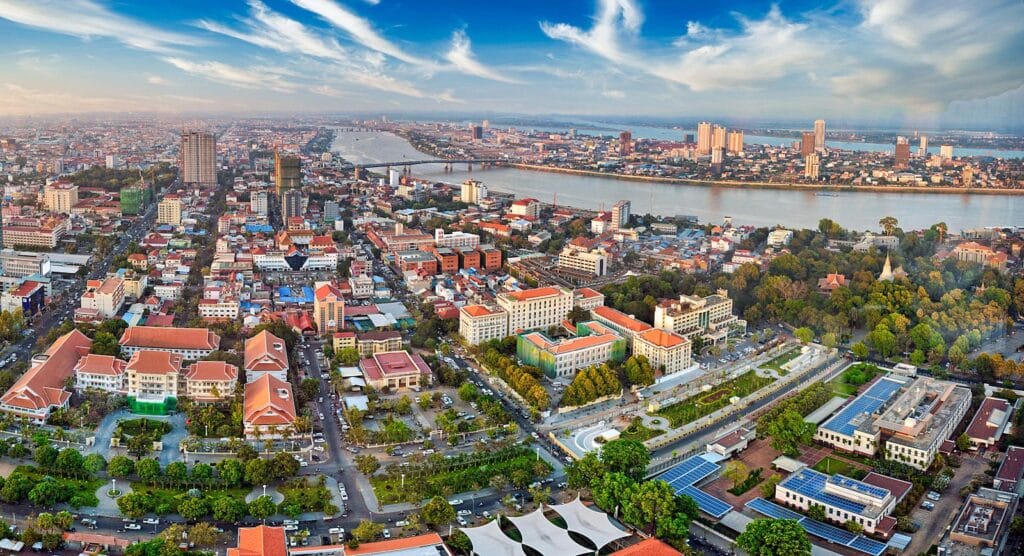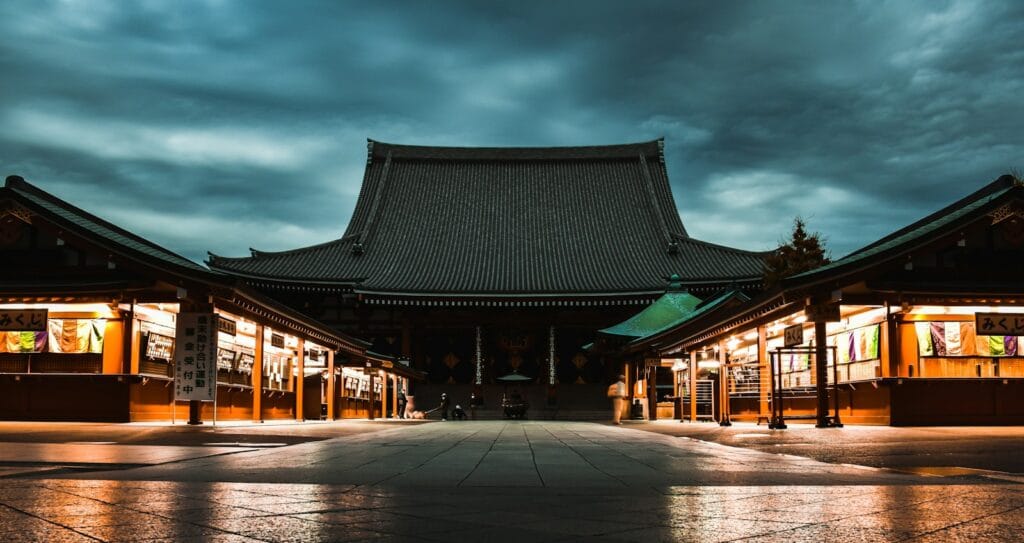Unmissable Things to Do in Antelope Canyon
Feel the Magic of Antelope Canyon
Step into another world where time, wind, and water have sculpted sandstone into surreal waves of red, orange, and gold. Antelope Canyon, carved by flash floods through Navajo sandstone, is one of the most mesmerizing natural attractions in the American Southwest. This sacred site on Navajo land near Page, Arizona, is a dream destination for photographers, hikers, and anyone drawn to the beauty of nature.
This guide reveals the must-see attractions, cultural highlights, and timeless experiences that define Antelope Canyon — including nearby viewpoints, cultural spaces, and off-the-beaten-path wonders.
Why Visit These Antelope Canyon Attractions?
- Antelope Canyon is more than a photogenic slot canyon — it’s a sacred landscape filled with meaning, geological wonder, and cultural significance. This series of narrow passageways, formed over centuries by flash flooding and erosion, is located on Navajo tribal land and accessible only through guided tours. Each section of the canyon offers a different atmosphere: Upper Antelope Canyon glows with divine beams of light; Lower Antelope winds deeper with adventurous ladders and rock turns.
- Visiting Antelope Canyon means entering a space with cultural reverence. Guided Navajo tours provide vital context, storytelling, and safety while enhancing the experience with spiritual and ecological perspectives. Alongside the canyons, travelers can enjoy desert hikes, iconic viewpoints like Horseshoe Bend, and Lake Powell’s blue contrast to the desert’s ochre hues.
- Whether you seek Instagram-perfect shots or moments of silent awe, Antelope Canyon delivers some of the most breathtaking attractions in Arizona — with nearby treasures making it a rich area for exploration.
Iconic Landmarks and Historic Sites
Upper Antelope Canyon (Tsé bighánílíní)
Perhaps the most iconic slot canyon in the world, Upper Antelope Canyon — meaning “the place where water runs through rocks” — offers an easy, walkable slot experience with massive spiritual and photographic appeal. Midday light beams filter through crevices, illuminating swirling sandstone walls in dreamlike brilliance.
- Why it matters: It’s the most famous section of Antelope Canyon, often appearing in global travel magazines and documentaries. It’s also spiritually significant to the Navajo people.
- Visitor Tips: This section is only accessible via a Navajo-guided tour. The light beams are best viewed between 10:30 AM and 12:30 PM. Book at least 4–6 weeks in advance during spring and summer. No bags allowed. Photography tours are separate and often sell out faster.
- Tour Tip: Book skip-the-line access to Upper Antelope Canyon and explore more in less time.
Lower Antelope Canyon (Hazdistazí)
If Upper is the photogenic favorite, Lower Antelope Canyon is the more adventurous sibling. Visitors descend steep staircases into narrower, deeper passageways with undulating stone and more dramatic elevation changes.
- Why it matters: Offers a more hands-on, physical experience. Ideal for travelers seeking fewer crowds and dynamic shapes for photography.
- Visitor Tips: Also tour-only. Some fitness is required to navigate narrow passages and stairs. Late afternoon brings the best light for warm tones.
Horseshoe Bend
A short 10–15 minute drive from Antelope Canyon lies one of Arizona’s most jaw-dropping views: the 270-degree curve of the Colorado River known as Horseshoe Bend. Stand at the edge of a sheer cliff and take in the vastness of the desert and river below.
- Why it matters: This natural overlook has become one of the most photographed places in the Southwest and perfectly complements a canyon-focused itinerary.
- Visitor Tips: Visit early in the morning or at golden hour for the best light. The 1.5-mile roundtrip trail is flat but exposed — bring water and wear sun protection.
Glen Canyon Dam & Visitor Center
This massive structure created Lake Powell and transformed the regional hydrology. Visit the Carl Hayden Visitor Center for exhibits on water use, geology, and Native history.
- Why it matters: Offers critical insight into the transformation of the Colorado River system and its cultural/environmental implications.
- Visitor Tips: Free entry. Combine with a walk to the Glen Canyon Dam Overlook.
While often passed quickly, these areas near the tour entrances contain interpretive signs, spiritual blessings, and art from Navajo artists.
- Why it matters: Sets the tone of respect and awareness before entering sacred land.
Museums, Galleries & Cultural Spaces
Located about 90 minutes from Page, this museum is housed inside a building shaped like a traditional Navajo hogan. It walks visitors through the Navajo Four Worlds, showcasing cosmology, governance, and community life.
- What to Expect: Multimedia storytelling, traditional clothing, language exhibits, and historical timelines.
- Planning Tips: Admission is donation-based. A good stop on longer road trips toward Monument Valley.
John Wesley Powell Museum (Page, AZ)
Named after the one-armed Civil War veteran who first led expeditions down the Colorado River, this museum shares the story of exploration and dam-building in Glen Canyon.
- What to Expect: Historical documents, exploration journals, river rafting exhibits.
- Planning Tips: Combine with Glen Canyon Dam tour. Great for families and history buffs.
Surprisingly housed in a local fast-food restaurant, this unique stop honors the Navajo Code Talkers of WWII.
- Why it matters: Highlights an often-overlooked chapter of history, where Navajo language helped win the war.
Natural Attractions & Scenic Spots
Canyon X
A quieter slot canyon on the same drainage system as Upper and Lower, Canyon X offers deeper, more intimate light-play and far fewer visitors.
- Why it matters: A more peaceful alternative, with excellent photography opportunities.
- Tips: Only accessible via tour. Great for those seeking a more meditative or uncrowded experience.
Lake Powell
One of the largest man-made reservoirs in the U.S., Lake Powell creates a surreal contrast of blue water against rust-colored rock. It’s a playground for boaters, paddleboarders, and cliff explorers.
- What to Do: Rent a kayak, join a boat tour to Rainbow Bridge, or swim in sheltered coves.
- Safety Note: Be mindful of heatstroke, water levels, and boating regulations.
Wahweap Overlook
Offers panoramic views over Lake Powell and surrounding buttes.
- Planning Tip: Visit around sunset with a zoom lens for incredible photos.
Rainbow Bridge National Monument
One of the world’s tallest natural bridges, accessible via boat or a strenuous multi-day hike.
- Why it matters: Sacred to the Navajo and visually astounding.
- Visitor Tips: Tours depart from Lake Powell in warm months. Permits required for hikers.
Cathedral Wash Trail
A hidden gem near Lees Ferry that takes hikers into a dry riverbed flanked by high sandstone walls.
- Planning Tip: No permit needed, but avoid during rainy periods due to flash flood risk.
Toadstool Hoodoos
Weird and whimsical sandstone formations resembling mushrooms or chess pieces.
Tips: Easy hike, best early morning or late afternoon. Located off Hwy 89 between Page and Kanab.
Unique & Unexpected Places to Visit
Antelope Point Marina
Owned and operated by the Navajo Nation, this marina is a gateway to luxury boat tours, jet ski rentals, and dining on floating platforms.
- For something different: Try a Navajo taco at the floating café or book a pontoon trip into side canyons.
Page Rim View Trail
A scenic 10-mile loop trail offering views of Lake Powell, red rock cliffs, and city vistas. Perfect for sunset walks or early morning jogs.
- Hidden away from the crowds: Great way to stretch your legs outside of structured tours.
Hanging Garden Trail
Just minutes from Page, this short trail ends at a rare desert oasis — a wall of lush hanging ferns fed by a spring.
- Planning Tip: Ideal for botanists and curious hikers. Best in spring.
How to Plan Your Attraction Visits in Antelope Canyon
- Base City: Page, AZ is the central hub for all attractions. Stay at least 2–3 nights.
- Tour Timing: Book slot canyon tours first, as they dictate your schedule. Choose early morning or late afternoon.
- Passes: There’s no central city pass — each attraction requires separate tickets or tours.
- Accessibility: Upper Antelope is flatter and suitable for most visitors. Lower Antelope is more strenuous.
- Packing Tips: Bring hydration packs, sun hats, and layered clothing.
- Photography: Most tours don’t allow tripods unless it’s a designated photo tour.
- Kids & Strollers: Slot canyons are not stroller-friendly. Bring carriers for small children.
- Transportation: A car is essential. There’s no public transport between these attractions.
Weather in Antelope Canyon
Antelope Canyon experiences a high-desert climate with dramatic seasonal shifts. Here’s what to expect:
- Spring (March–May): Daytime temperatures range from 60–80°F (15–27°C). Ideal conditions for hiking and photography with crisp air and blooming desert plants.
- Summer (June–August): Expect intense heat, with highs over 100°F (38°C). Flash floods are a real danger, especially in slot canyons — always check weather alerts.
- Fall (September–October): Warm, dry, and golden. Light conditions are excellent, and temperatures hover between 65–85°F (18–29°C).
- Winter (November–February): Cool with lows near freezing at night. Fewer visitors but shorter daylight hours. Light beams disappear in Upper Antelope during these months.
Planning Tip: Use MeteoBlue – Antelope Canyon Weather Forecast to compare average conditions before your trip.
When to Visit These Attractions
- Spring (March–May): Ideal temperatures, fewer crowds, and excellent light quality.
- Summer (June–August): Peak season. Book early, but prepare for extreme heat and high tour demand.
- Fall (September–October): Golden light, cool mornings, and fewer people — arguably the best time.
- Winter (Nov–Feb): Cold and short daylight. Light beams do not occur in Upper Antelope. Some tours may close due to weather.
Travel Tips for Seeing the Best Antelope Canyon Has to Offer
- Reserve all Antelope Canyon tours at least 4 weeks in advance.
- Avoid monsoon season flash floods (typically July–September).
- Visit Horseshoe Bend at sunrise or sunset to avoid glare and heat.
- Pair attractions in logical order: Canyon tour → Horseshoe Bend → Lake Powell.
- Bring physical ID — student discounts often apply at museums.
- Tip your Navajo guides — they provide cultural context and safety.
- Bring a GoPro or camera with HDR settings for tricky light.
- Pack lunch or snacks; dining is limited inside park zones.
- Always double-check weather and cancellation policies before heading out.
Explore More Things to Do in Northern Arizona
- Antelope Canyon Travel Guide – Plan your full adventure across Page, Lake Powell, and Navajo Nation sites.
- Antelope Canyon Tours & Tickets – Book slot canyon tours, lake excursions, and Navajo cultural experiences.
- Grand Canyon South Rim Tours & Tickets – Extend your trip to Arizona’s most iconic national park.
- Arizona’s Desert Parks – Discover Petrified Forest, Vermilion Cliffs, and Saguaro landscapes.
Ready to explore timeless landmarks, hidden corners, and breathtaking views? Discover unforgettable things to do in Antelope Canyon — and start planning with our Antelope Canyon Travel Guide and Antelope Canyon Tours today.


